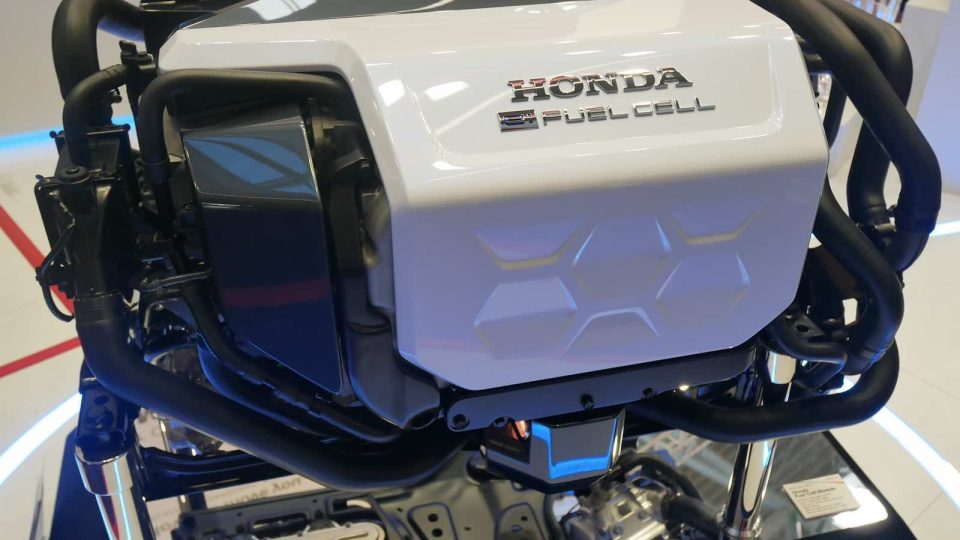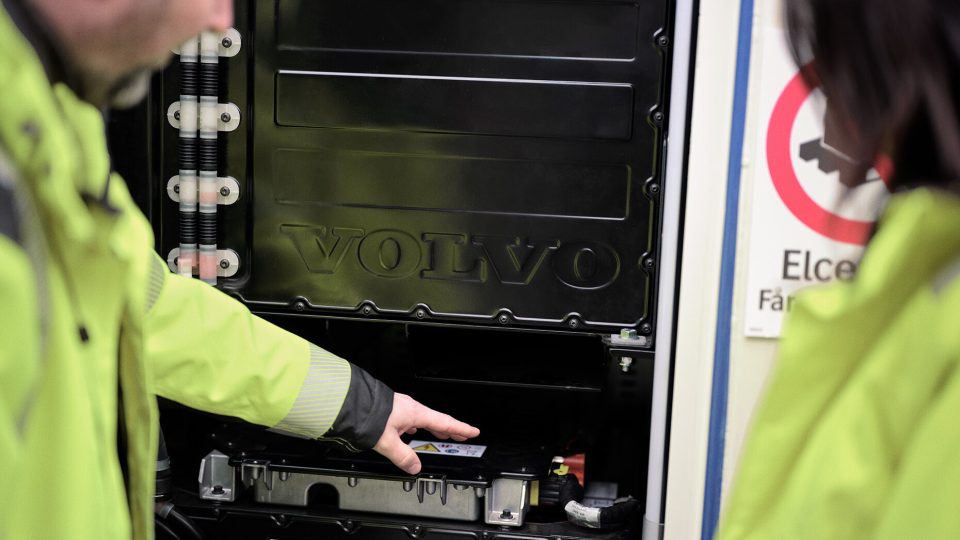McTer and cogeneration: the energy path for industrial plants
At this year’s McTer, one of the topics in the energy environment that emerged was the one of cogeneration. A topic with different aspects to which McTer wanted to give the right space to provide a clearer vision of what the future could be in the field of industrial energy needs. In particular, during the […]
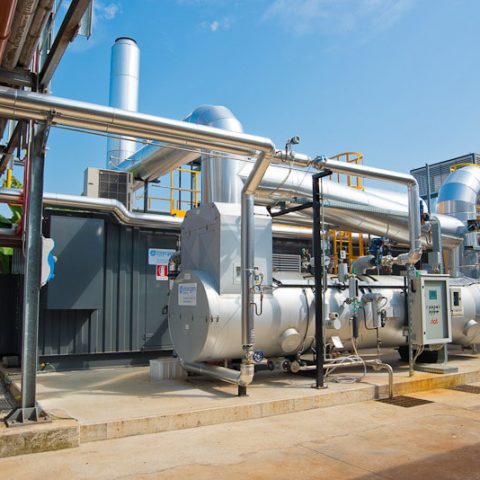
At this year’s McTer, one of the topics in the energy environment that emerged was the one of cogeneration. A topic with different aspects to which McTer wanted to give the right space to provide a clearer vision of what the future could be in the field of industrial energy needs. In particular, during the event the definition chosen for cogeneration introduced it as “The most immediate and effective way to improve the energy performance of industrial plants”. Words that don’t leave many doubts about the position of the presentations on the matter held during the event. Below are some of the main highlights of the day.
McTer and cogeneration in Italy: clean energy for 2030
When we talk about cogeneration, we typically refer to the simultaneous production of electricity and heat, typically at the service of industrial processes. From this starting point, during McTer 2019, the focus shifted towards the future, in particular to the plans that Europe has for 2030 in terms of efficiency in energy production. Italy in this regard wanted to put itself in pole position, taking part in programs such as Set-Plan and Mission Innovation and pledging to double public funds for research and development of clean energy.
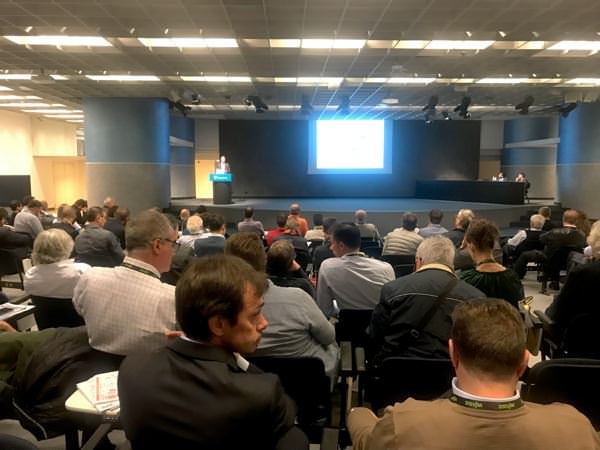
In particular, the goal is to go from 222 million in 2013 to 444 million starting in 2021. An ambitious program in favor of a not so distant future in the name of cogeneration. Italian investments, in particular, will mainly concern: smart grids, biofuels, renewables, advanced materials and hydrogen.
The potential of cogeneration: two cases compared
Gianluca Airoldi, from Ab Energy, wanted to provide a more realistic view of the potential of using cogeneration, presenting the cases of Maugeri Scientific Clinical Institutes and Riso Scotti. Names with a certain resonance in the Italian environment that have decided to entrust their “energy fates” to cogeneration plants. In particular, Maugeri, to meet its own requirement of 12 GWh (average annual electricity consumption) and 1,000,000 m3 (of methane), relies on an Ecomax 12 Ngs. A trigeneration plant with 1,203 kWe of electrical power, 1,305 kWt of heat recovered at 90°C and an overall efficiency of 87%.
Riso Scotti instead uses an Ecomax 27 Ngs trigeneration plant (electrical power: 2,679 kWe) to meet its higher needs. We are talking about 21 GWh of average annual electricity consumption, 10 MWt of thermal power and 8,000,000 m3 of methane. Considered choices that for these two realities are already bearing the first results in terms of cost reduction for energy supply without forgetting about the sustainable aspect through better management of the resources available for the generation of energy.
The trick would seem to be simply that of the right choice of cogeneration plant during the design phase, so as to be able to adapt the production to the real needs typically on an annual basis.
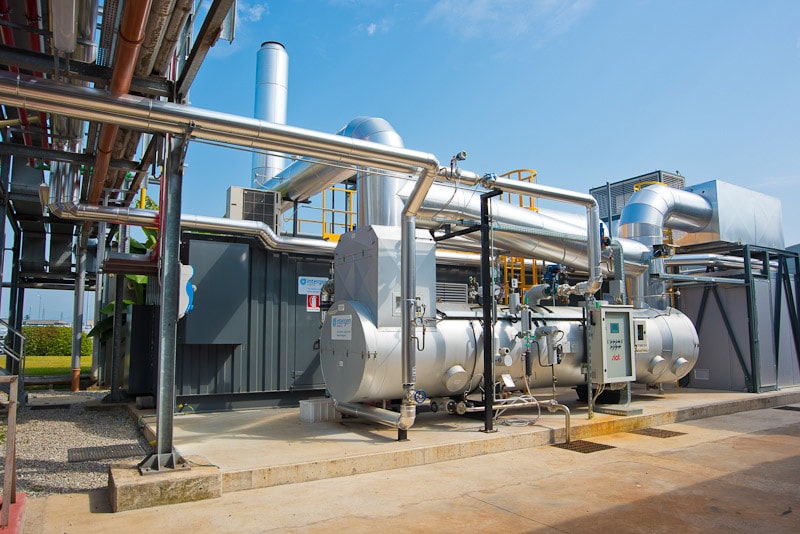
Decentralized production: Rolls-Royce focuses on batteries
Daniele Di Franco, Gas Systems Sales Manager at Mtu Italy, wanted to provide Rolls-Royce Power Systems’ solution in terms of decentralized energy production. In particular, one of the most popular methods of storing the energy produced would seem to be that of battery storage systems.
The first motivation for the choice is certainly the need for flexibility connected to the decentralization process. The management of peaks in energy demand, as well as moments of low demand, can certainly be organized and managed through this system of accumulation and released on request. The best management of the energy produced through the accumulation process is able to generate, in the long term, a balance of energy demands which can lead, therefore, to a further reduction in consumption and cost savings for the entire system.
According to Mtu data, the ability to immediately activate the storage system in case of need also makes it a solution that can be feasible for different types of applications. In particular Di Franco spoke about: Infrastructures of different kinds (such as airports and railway stations), large and small utilities, such as power plants, wind farms and photovoltaic plants, large industrial plants, MicroGrids (a well-known area for Mtu systems), up to small residential installations.




